Monorepos vs Microrepos: Which is better?
Find out why companies choose Monorepos over Microrepos strategies and how they impact scalability, governance, and code quality.
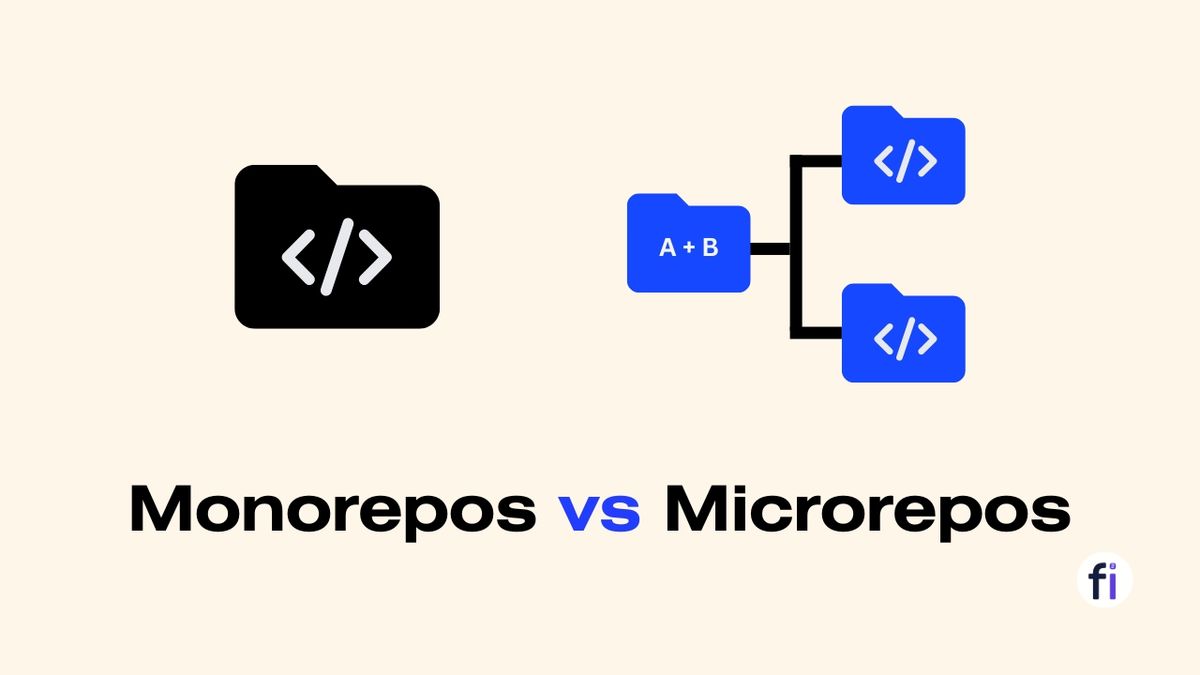
In software development, the choice between monorepos and microrepos is a critical decision that can shape the efficiency, scalability, and maintainability of a project. These two strategies offer distinct ways of managing version control, and influencing how teams collaborate, develop, and deploy software projects. Both approaches have their merits and challenges, catering to different development philosophies and business needs.
Let's find out why companies choose Monorepos over Microrepos strategies and how they impact scalability, governance, and code quality.
Monorepos: The Powerhouses of Code
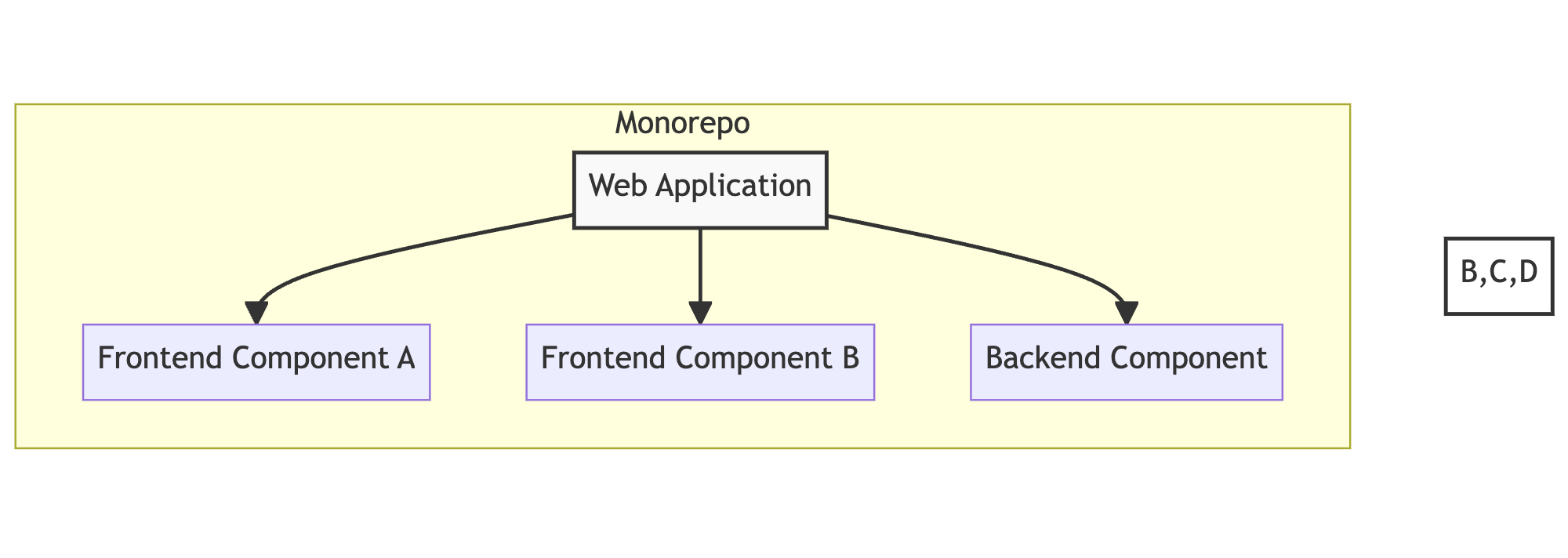
Monorepos, short for "monolithic repositories," have been around for quite some time. In fact, renowned operating systems like Linux and Windows were crafted using the monorepo approach. The concept behind monorepos is to house all the code, regardless of its functional domain, in a single repository. This design simplifies code sharing, enables efficient cross-team collaboration, and streamlines version control.
✅ Benefits of Monorepos:
- Encourages code sharing
- Simplifies collaboration
- Reduces duplicated efforts
- Provides shared tooling and a unified codebase for seamless work across projects
- Coordinates code changes that span multiple projects more effectively
- Enhances version consistency
🚀 The Power of Shared Dependencies
Monorepos have a standout feature that sets them apart from other code management systems: a shared dependency model. With this setup, dependencies are shared across the entire codebase, regardless of individual service boundaries. This approach ensures that when a version upgrade is necessary, every codebase undergoes the upgrade simultaneously, promoting code consistency and alignment. However, it is crucial to manage this system correctly to prevent any potential challenges.
├── packages
│ ├── utils
│ │ ├── package.json
│ ├── components
│ │ ├── src
│ │ ├── package.json
│ ├── services
│ │ ├── package.json
│ └── ...
│ ├── payment
│ │ ├── components
│ │ ├── pages
│ │ └── package.json
│ │ └── node_modules
│ │ └── webpack.config.js
│ │ └── tsconfig.json
│ │ └── README.md
│ ├── shopping-cart
│ │ ├── components
│ │ ├── pages
│ │ └── package.json
│ │ └── node_modules
│ │ └── webpack.config.js
│ │ └── tsconfig.json
│ │ └── README.md
│ ├── inventory
│ │ ├── components
│ │ ├── pages
│ │ └── package.json
│ │ └── node_modules
│ │ └── webpack.config.js
│ │ └── tsconfig.json
│ │ └── README.md
├── node_modules
├── package.json
└── README.mdMonorepos Code Placement Structure
🎉 Google's Monorepo Success Story
Google's adoption of monorepos is a testament to its scalability. The tech giant developed an internal toolchain dedicated to handling monorepos, allowing them to scale projects while maintaining consistent coding quality standards rapidly. This commitment to quality and efficiency has turned Google's monorepo strategy into a formidable force in the software development world.
🪜 Challenges of Monorepos
- Managing a Monorepo can be complex, especially as the codebase grows.
- As the repository size and build times increase, testing and deployment processes may take longer.
- Conflicts between projects can arise, demanding careful coordination and communication.
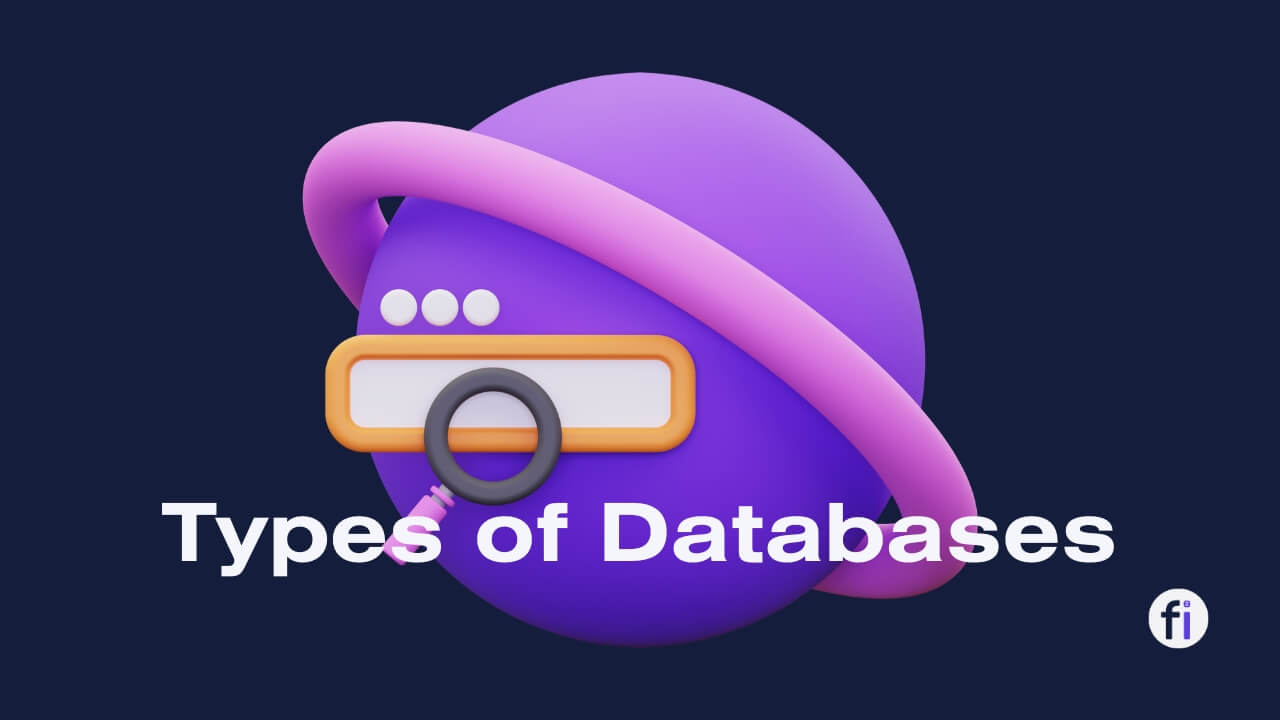
Microrepos: Accelerating Decentralization for Speed
Microrepos, also known as "microservice repositories," involves breaking down a project into smaller, specialized repositories. The rise of microservices architecture has paved the way for microrepos. Amazon and Netflix are prime examples of companies that have embraced this philosophy.

In a microrepo setup, each service's code is maintained within its own repository, creating a decentralized approach to software development. This strategy aligns well with the microservices methodology of separation and autonomy. This approach is in line with the microservices architecture, allowing independent development and deployment of distinct functionalities.
✅ Benefits of Microrepos
- Microrepos allow for a clear separation of concerns, enabling teams to focus on specific components.
- This isolation enhances flexibility, scalability, and independent testing.
- Developers can work autonomously on their assigned microservices, reducing interference between teams.
🔥 Speed and Flexibility with Microrepos
Microrepos are highly scalable and fast. Due to the fact that each service functions independently, teams can work on developing, testing, and deploying their components without being impacted by changes in other areas of the codebase. This flexibility speeds up development cycles, making microrepos an appealing option for companies that want to release updates frequently and respond quickly to market demands.
// Repo1: Payment
├── assets
├── components
│ ├── PaymentButton.js
├── node_modules
├── pages
│ ├── main.js
├── package.json
├── webpack.config.js
├── yarn.lock
└── README.md
// Repo2: Shopping Cart
├── assets
├── components
│ ├── ShoppingCart.js
├── node_modules
├── pages
│ ├── main.js
├── package.json
├── webpack.config.js
├── yarn.lock
└── README.md
// Repo2: Inventory
├── assets
├── components
│ ├── InventoryComponent.js
├── node_modules
├── pages
│ ├── main.js
├── package.json
├── webpack.config.js
├── yarn.lock
└── README.mdMicrorepos Code Placement Structure
🏛️ The Governance Challenge
Governance issues may arise due to the decentralized structure of microrepos. Ensuring consistency in quality standards and adherence to coding guidelines can be challenging when services are located in different repositories. Moreover, managing changes that affect multiple services demands careful coordination and communication.
🪜 Challenges of Monorepos
- Maintaining a network of Microrepos requires careful orchestration.
- Ensuring consistent integration, versioning, and dependency management can be challenging.
- Collaboration between teams working on different microservices also demands strong communication.
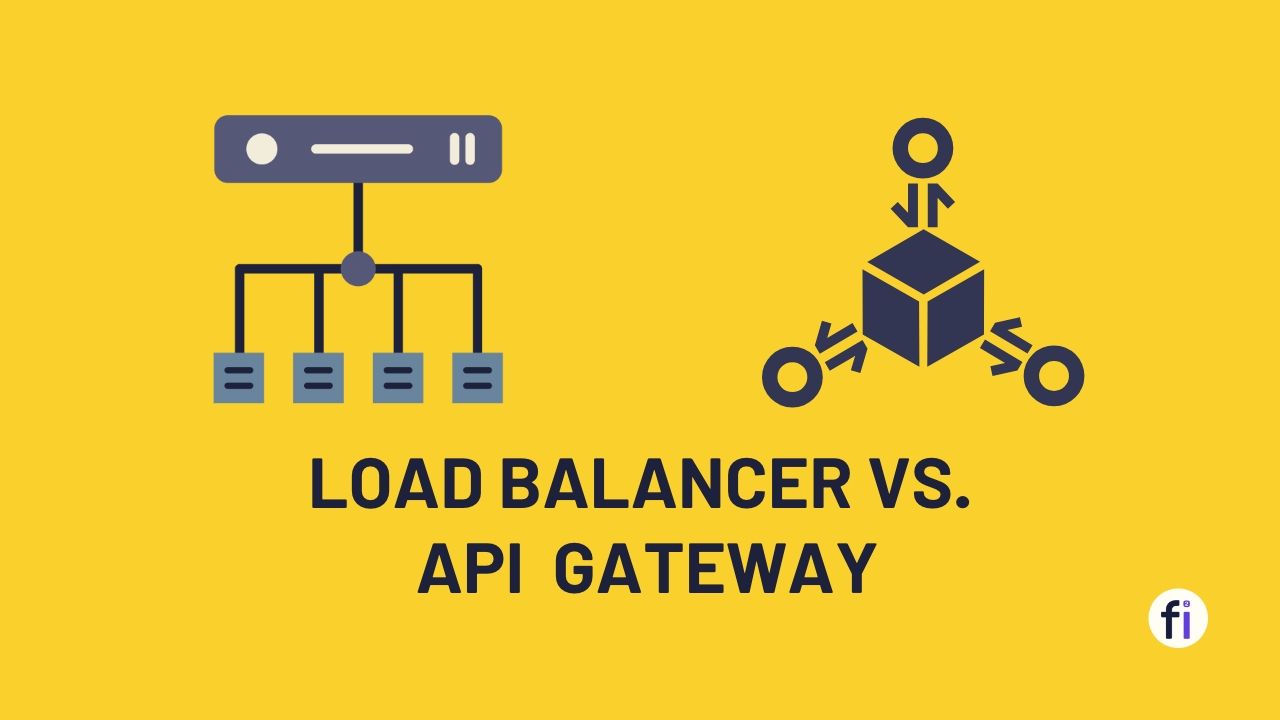
Monorepos vs. Microrepos
Which is Better?
When it comes to choosing between monorepos and microrepos, various factors need to be taken into account. The decision is influenced by the type of project, the size of the development team, and the expected size of the application.
#1. Team Size and Structure
- Monorepos: For smaller, tightly-knit teams.
- Microrepos: Could benefit larger organizations with distributed teams.
#2. Codebase Complexity
- Monorepo: For projects with intertwined components and ease of management.
- Microrepos: Projects with diverse, independent features.
#3. Deployment and Versioning
- Monorepos: Simplify versioning and deployment consistency.
- Microrepos: Offer the flexibility to update and deploy individual components independently.
#4. Code Sharing and Collaboration
- Monorepos: Centralized codebase encourages seamless code sharing and collaboration across teams.
- Microrepos: Decentralized repositories can lead to more autonomy but may hinder cross-team collaboration.
#5. Version Control and Upgrades
- Monorepos: Shared dependencies ensure consistent version upgrades across the codebase.
- Microrepos: Independent version control lets teams choose when to upgrade, aligning with their schedules.
#6. Development Speed and Agility
- Monorepos: Centralized approach can occasionally introduce bottlenecks in development speed.
- Microrepos: Decentralization fosters faster development cycles and flexibility.
#7. Code Quality and Governance
- Monorepos: Stringent code review processes uphold high-quality standards across the codebase.
- Microrepos: Quality standards may vary across repositories, requiring alignment through best practices.
#8. Tooling and Infrastructure
- Monorepos: Google's Bazel and other tools enhance monorepo development.
- Microrepos: Widely supported tools like Maven, Gradle, and NPM cater to microrepo needs.
Making the Decision
Striking a balance between Monorepos and Microrepos might be the optimal solution. Hybrid approaches, leveraging the strengths of both strategies, can offer the benefits of centralized management and independent development.
Case Studies
Some prominent companies have embraced Monorepos, such as Google and Facebook, emphasizing unified codebases and streamlined collaboration. Conversely, Netflix and Amazon exemplify the success of Microrepos, effectively managing complex microservices architecture.
Future Trends
The evolution of version control is an ongoing process. As development practices and technologies advance, the choice between Monorepos and Microrepos might shift. Scalability and collaboration will continue to be critical aspects of this decision.

Conclusion
The debate between monorepo and microrepo does not have a universal solution that fits all. The ideal approach for your team will vary based on your project's characteristics, team structure, and long-term objectives. Ultimately, the most suitable strategy for your team will depend on your particular requirements. If you require effortless code sharing and efficient collaboration, then a monorepo might be the way to go. On the other hand, if you need to provide teams with more autonomy and flexibility, a microrepo could be a better alternative. The key is to thoroughly evaluate your needs and select the most appropriate approach for your situation.

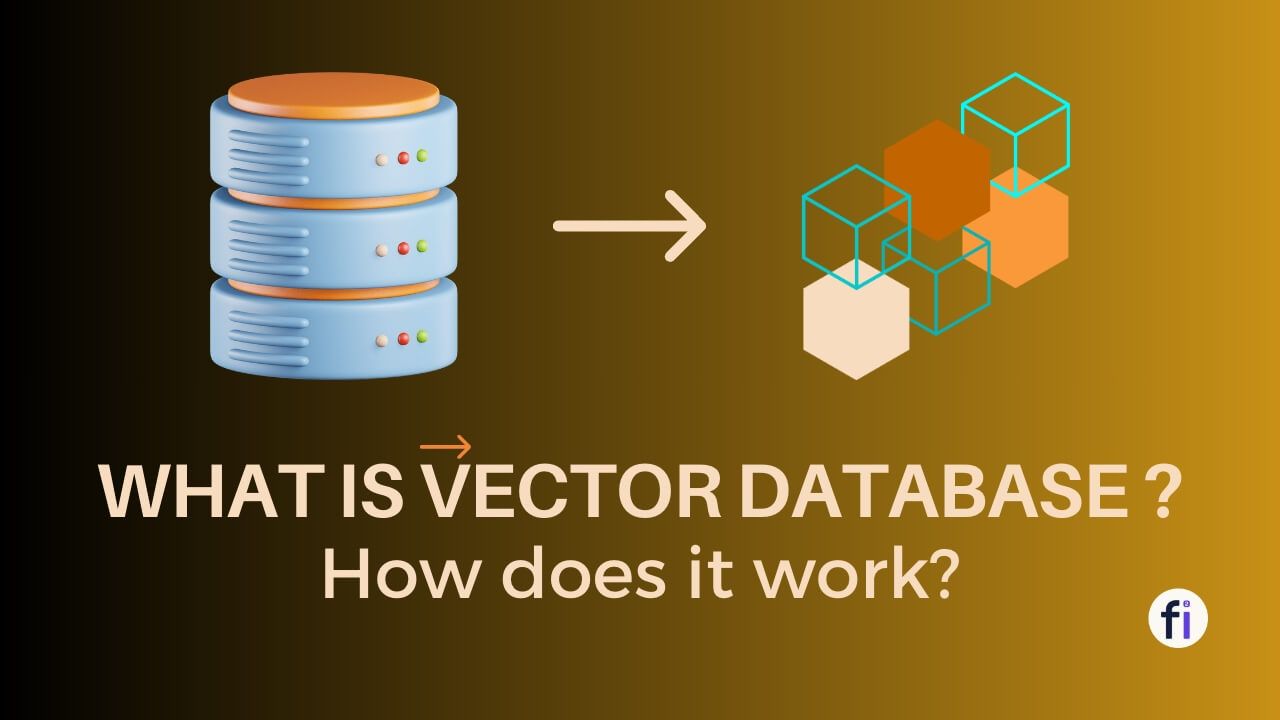
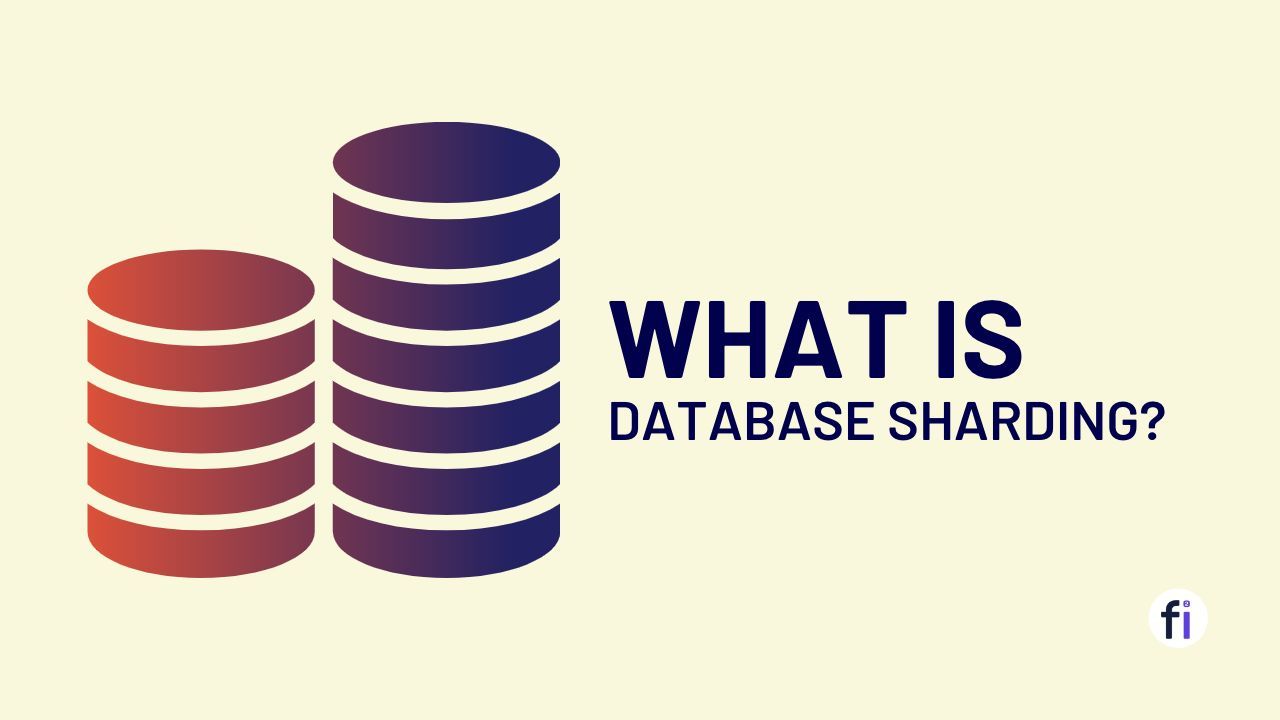
FAQ's
Which approach is better for small startup teams?
Microrepos can offer flexibility and specialization for small, agile teams.
What about versioning consistency in Microrepos?
Establish strong versioning practices and dependency management to maintain consistency.
Is there a definitive answer to whether monorepos or microrepos are better?
No, the choice depends on project specifics, development philosophy, and business goals.
Can a large organization successfully use microrepos?
Yes, larger organizations can adopt microrepos, but careful governance and communication are crucial.
What if my project requires both approaches?
Hybrid strategies, combining elements of monorepos and microrepos, can address diverse project needs.
How does code ownership differ between monorepos and microrepos?
In monorepos, each service is owned by the team maintaining it. In microrepos, each service owns its repository.
How do companies decide which strategy to adopt?
Companies consider factors like project complexity, team dynamics, and speed of development to make the choice.
Can a project transition from a Monorepo to a Microrepo?
Yes, but it requires careful planning and coordination to ensure a smooth transition.
Which approach scales better for fast-growing businesses?
Microrepos tend to scale better due to their decentralized nature and independent development cycles.
Are there tools to help manage large Monorepos?
Yes, various tools like Bazel and Buck can assist in optimizing Monorepo's performance.
Where can I learn more about implementing hybrid approaches?
There are numerous resources online that discuss the successful integration of Monorepos and Microrepos in hybrid setups.

